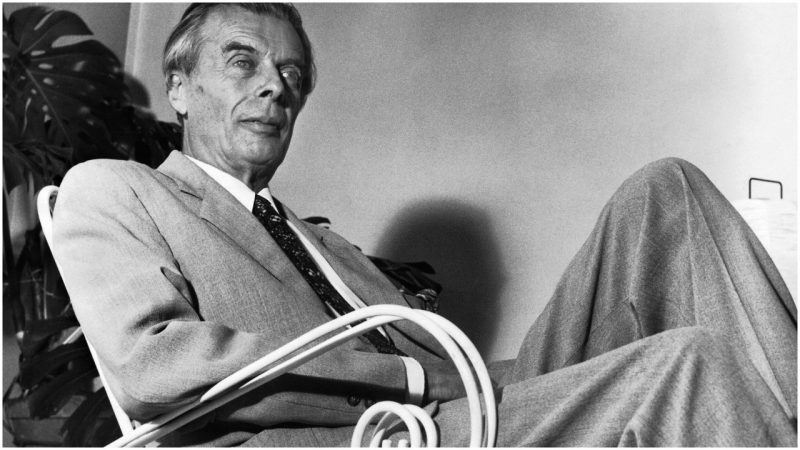Aldous Huxley was one of the most influential English writers of the 20th century. During a prolific career that spanned over 40 years, he authored nearly 50 books, including novels, short story collections, poetry collections, and screenplays. His most famous work, the 1931 gritty dystopian novel Brave New World, was listed as one of the 100 greatest novels of all time. It established Huxley as a master of science fiction and triggered a boom in that genre.
In the late 1930s, Huxley moved to the United States with his first wife and their son. He wrote screenplays for Hollywood production companies and earned a substantial income: in the early 1940s, he generously used a big portion of his income to finance the escape of several Jewish and left-wing artists from Nazi Germany. By the early 1950s, he was already a renowned figure of the literary front. At that time, he developed a keen interest in mysticism and esotericism and started experimenting with psychedelic drugs.
His first drug of choice, mescaline, had an immense effect on his creative processes. He described his mescaline-induced spiritual and philosophical experiences in “The Doors of Perception,” a philosophical essay published in 1954 that is often credited as one of the most important works of the American counterculture movement. The book had a profound effect on Jim Morrison, who named his band The Doors to honor Huxley’s pioneering experimentation with psychedelics.
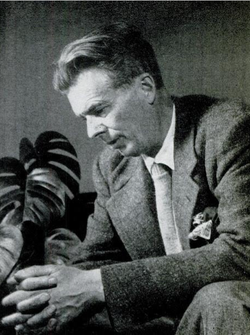
Huxley’s first wife, Maria, died of cancer in 1955. When she was on her deathbed, he tried to put her into a hypnotic trance so that she could vividly remember some of the happiest moments of her life before dying. After she died, the grief-stricken Huxley decided to replace mescaline with LSD, a potent psychedelic that was popular among the artists and writers of the counterculture. LSD had an even more powerful effect on his consciousness, so he began using it regularly to enhance his creative, philosophical, and spiritual thinking processes.
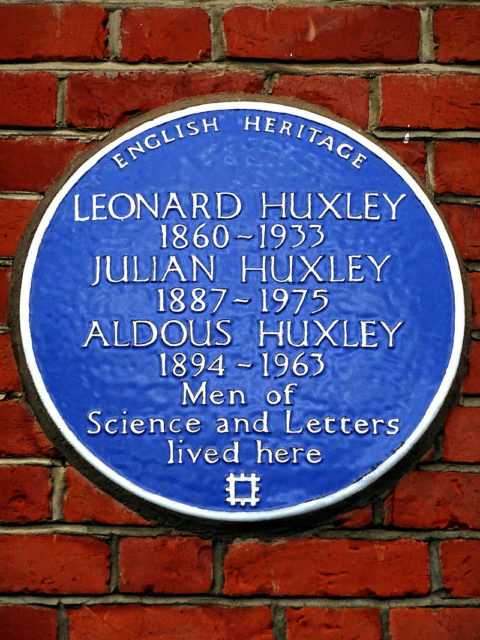
Huxley’s second wife, Laura, a prominent violinist and psychotherapist, encouraged his continuous experimentation with psychedelic drugs. They both agreed that the use of psychedelics could have a beneficial effect on an individual’s mental health and personal growth. Also, they postulated that administrating psychedelics to the dying and terminally ill patients could alleviate their pain, induce feelings of calm and warmth, and prepare them for a peaceful departure from this world.
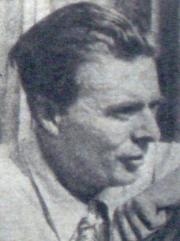
In 1960, Huxley was diagnosed with laryngeal cancer. At that time, he was working on his novel Island, which again presents a futuristic vision, but this time in a much more positive manner. Unlike Brave New World, in which drugs are used for mind control and oppression of the lower classes, Island presents a Utopian society in which psychedelic drugs are used to achieve enlightenment, various trances are induced to enhance people’s learning capabilities, and parrots are trained to sing uplifting songs. Also, a fictional drug called “moksha” is given to people right before death so that they can die in a state of absolute tranquility.
Huxley’s death was similar to the death of the characters in Island. While on his deathbed, he was unable to speak because his larynx had completely deteriorated, and so he used a piece of paper to write a final wish from his wife: “LSD, 100 micrograms, intramuscular.” His wife complied and injected a dose of the drug, and several hours later, she injected another one to make sure that the effect didn’t wear off. She remained by Huxley’s side until he died.
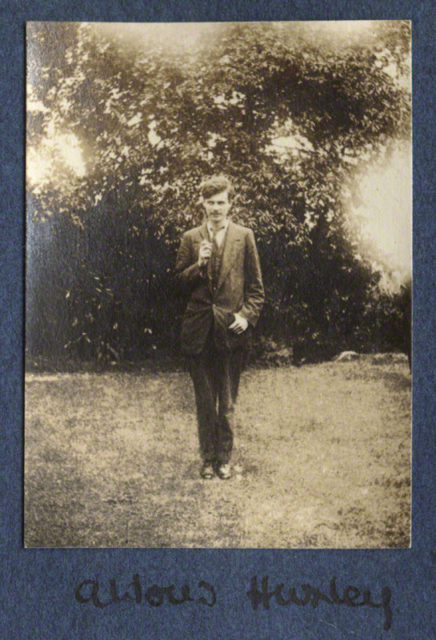
Five years after his death, Laura Huxley published Aldous Huxley’s biography, entitled This Timeless Moment. In the book, she stated that the moment of his death was peaceful, serene, and almost beautiful. “People had been trying to prepare me for some horrible physical reaction that would probably occur. None of this happened, actually, the ceasing of the breathing was not a drama at all because it was done so slowly, so gently, like a piece of music just finishing in a sempre piu piano dolcemente.”
Incidentally, Huxley died on the same day as the writer C. S. Lewis as well as President John Kennedy. In fact, Laura Huxley watched the shocking live coverage of the chaos in Dallas, Texas, while sitting at her dying husband’s bedside. Due to the press coverage of the assassination, Huxley’s death received little media coverage. Still, countless readers and writers were deeply saddened by the passing of the legendary writer.
